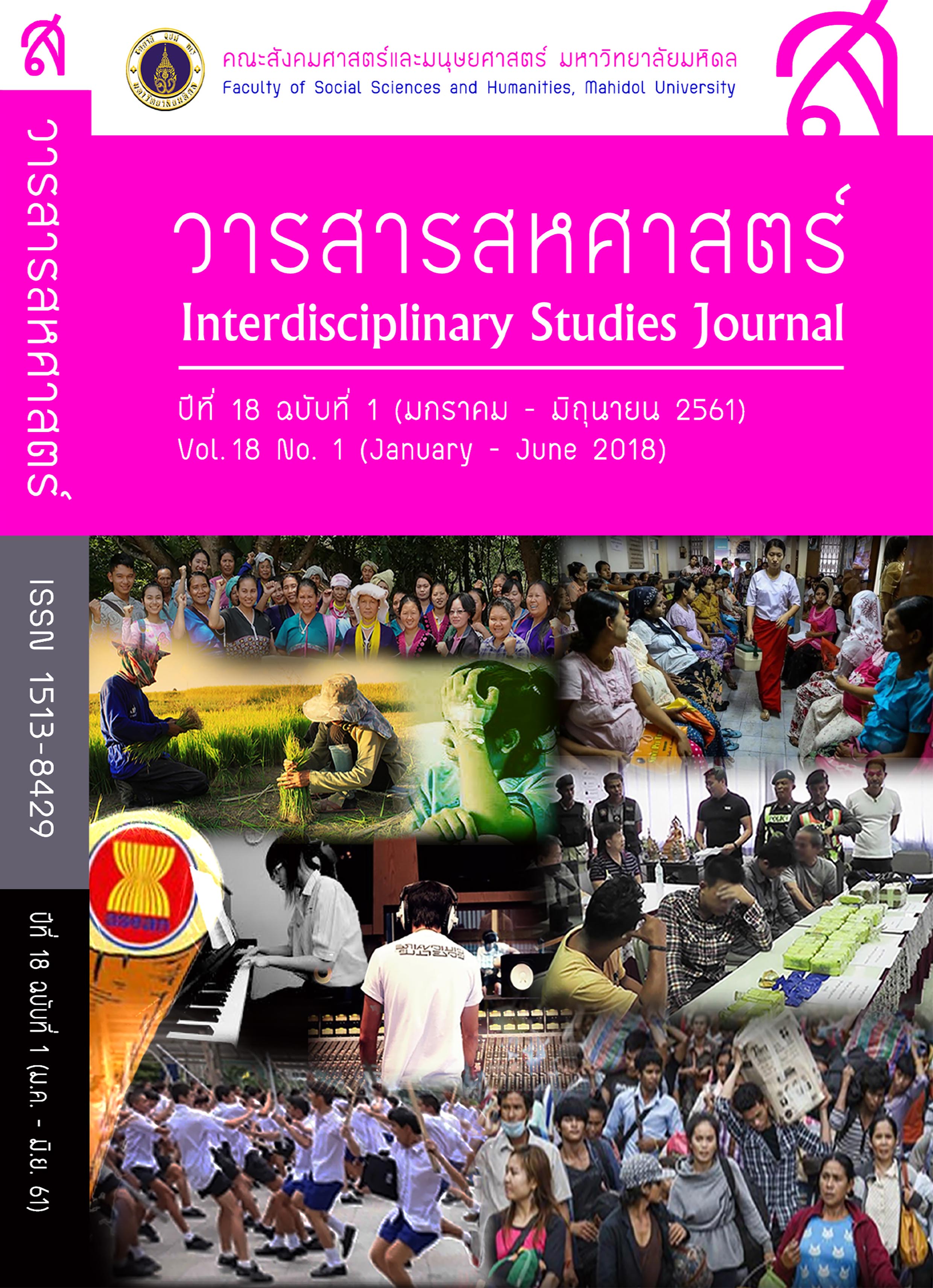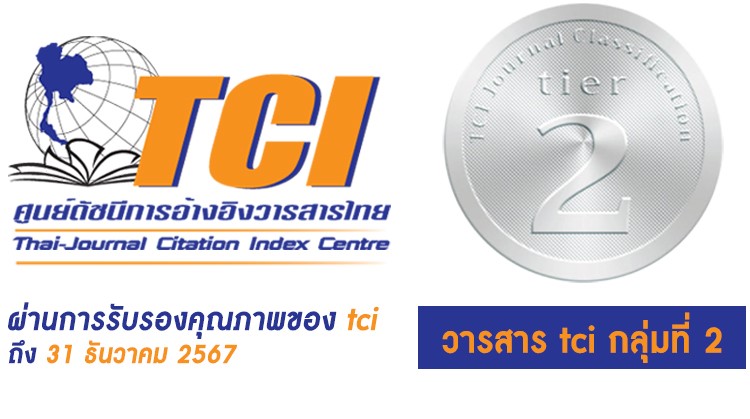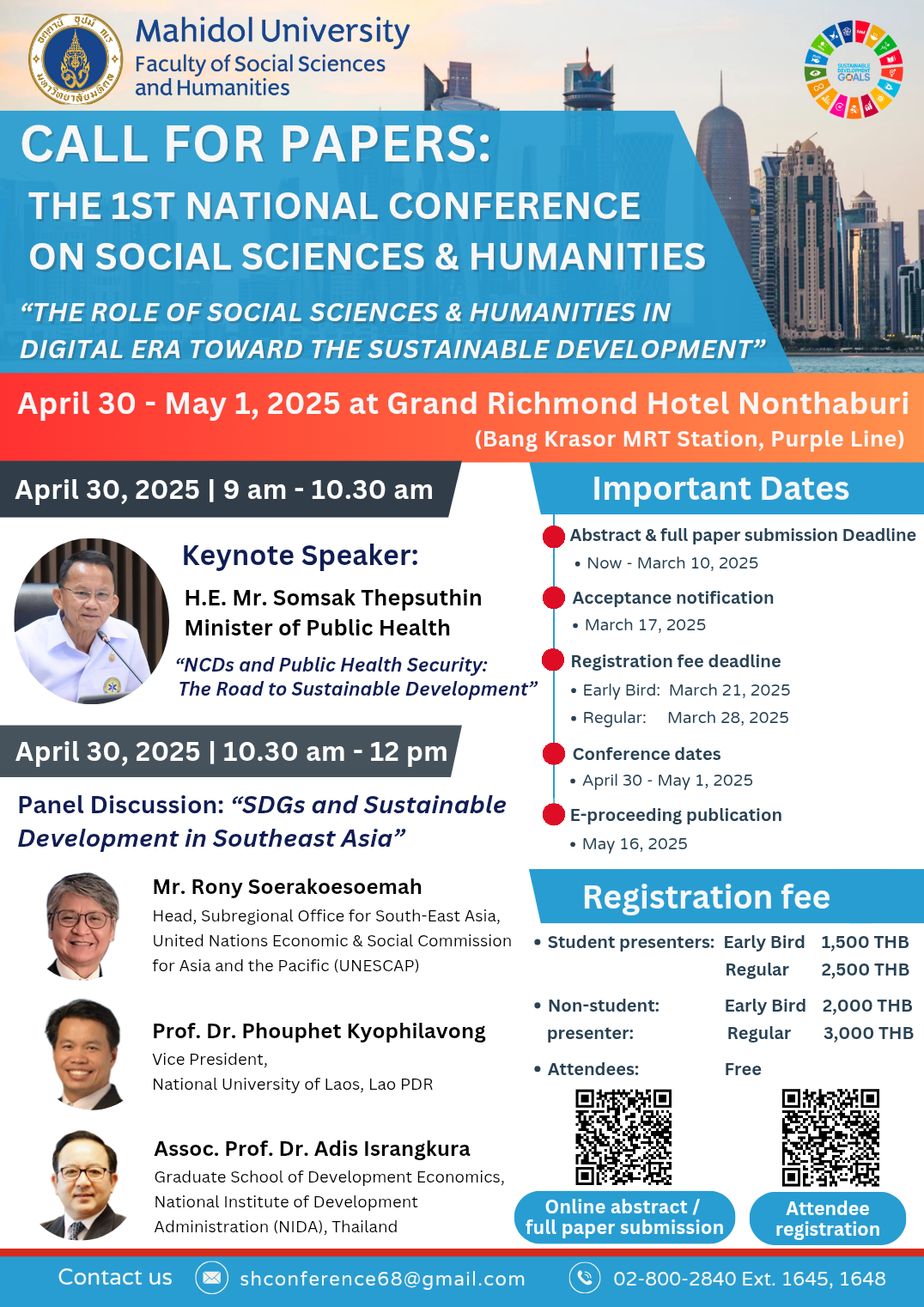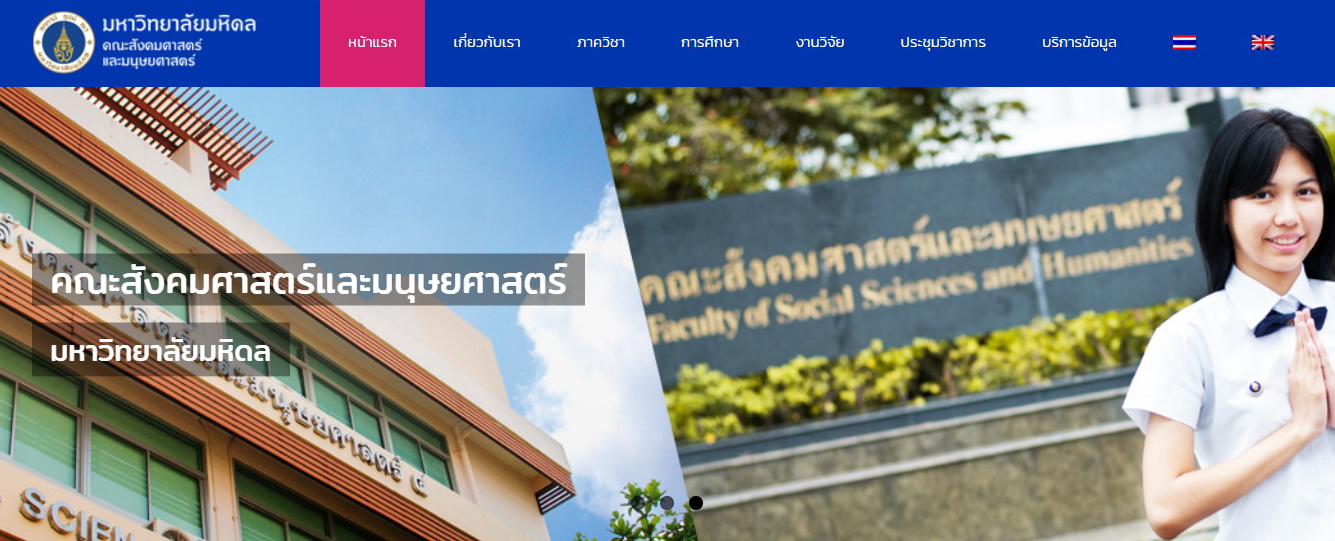The Variations of Spelling in the Standard Form of Information Technology Transliteration of Undergraduate Students in Different Program.
Keywords:
variation, transliteration, orthography and spellingAbstract
This study aims to (1) study the variations of spelling in the standard form of information technology transliteration and (2) compare the spelling variations in the standard form of information technology transliteration used by the 30 fourth-year students from the department of Thai, English, and Information and Communication Technology, Mahidol University.
It is found that students correctly spell the standard form of information technology transliteration according to the Royal Institute’s transliteration for 31.13%, while another 68.87% of the students misspell the words. The variations of the misspelled transliteration are classified into three characteristics: addition, substraction, and change of form. These characteristics occur to consonants, vowels, tones, markers and spacing. It is also found that the most variable transliterated word has 23 spelling variations. The cause of the misspelling are twofolds: first, students spell the words according to their own pronunciation. Second, students spell the words according to media.
Furthermore, the comparison of the spelling variations between the three groups of students shows that the students from the department of Thai misspell the words with the highest percentage. But the percentage of the variations of the three groups of students is not statistically significant.
References
คณะวิศวกรรมศาสตร์ มหาวิทยาลัยเชียงใหม่. (ม.ป.ป.). การสุ่มตัวอย่างเพื่อการวิจัย. สืบค้นเมื่อ 30 ตุลาคม
2558, จาก https://plan.eng.cmu.ac.th/website/wp-content/uploads/2015/07/ sampling.pdf
บุญธรรม กรานทอง. (2547). การวิเคราะห์ลักษณะศัพท์บัญญัติจากภาษาอังกฤษของราชบัณฑิตยสถาน และลักษณะรูปแบบที่ปรากฏในกลุ่มผู้ใช้ตามแนวสัทวิทยา. วิทยานิพนธ์ศิลปศาสตรมหาบัณฑิต. มหาวิทยาลัยธรรมศาสตร์.
ปรารถนา ผดุงพจน์. (2546). การศึกษาการใช้คำทับศัพท์ภาษาอังกฤษของนักเรียนชั้นมัธยมศึกษาปีที่ 3 และมัธยมศึกษาปีที่ 6 อ. เมือง จ. ปทุมธานี. สารนิพนธ์การศึกษามหาบัณฑิต. (ภาษาศาสตร์ การศึกษา). มหาวิทยาลัยศรีนครินทรวิโรฒ.
ผะอบ โปษกฤษณะ. (2554). ลักษณะเฉพาะของภาษาไทย. พิมพ์ครั้งที่ 8. กรุงเทพฯ: อมรการพิมพ์.
รัชตพล ชัยเกียรติธรรม. (2548). การวิเคราะห์การใช้คำทับศัพท์ในหนังสือพิมพ์รายวันภาษาไทยที่มีผลต่อ การเขียนคำทับศัพท์ของนักเรียนชั้นมัธยมศึกษาตอนปลาย. วิทยานิพนธ์ศึกษาศาสตรมหาบัณฑิต. (การสอนภาษาไทย). มหาวิทยาลัยเชียงใหม่.
ราชบัณฑิตยสถาน. (2549). ศัพท์คอมพิวเตอร์และเทคโนโลยีสารสนเทศ ฉบับราชบัณฑิตยสถาน. พิมพ์ ครั้งที่ 7. กรุงเทพฯ: นานมีบุ๊คส์พับลิเคชั่นส์.
ราชบัณฑิตยสถาน. (2556). พจนานุกรมฉบับราชบัณฑิตยสถาน พ.ศ.2554. กรุงเทพฯ: ราชบัณฑิตยสถาน.
ราชบัณฑิตสถาน. (2555). ข่าวประชาสัมพันธ์ ราชบัณฑิตยสถานยืนยันไม่แก้คำยืมจากภาษาอังกฤษใน พจนานุกรม ฉบับราชบัณฑิตสถาน พ.ศ. 2554. สืบค้นเมื่อ 11 ธันวาคม 2558, จาก https://hilight.kapook.com/view/76764
ราชบัณฑิตยสภา. (ม.ป.ป.). หลักเกณฑ์การทับศัพท์ภาษาอังกฤษ. สืบค้นเมื่อ 31 ตุลาคม 2558, จาก https://www.royin.go.th/wp-content/uploads/2015/03/2371_6847.pdf
ราชบัณฑิตยสภา. (2559). ประวัติความเป็นมา. สืบค้นเมื่อ 31 กรกฎาคม 2559, จาก
https://www.royin.go.th/?page_id=822
เรวัติ แสงสุริยงค์. (2558). “ยุคทองของนโยบายเทคโนโลยีสารสนเทศและการสื่อสารของประเทศไทย” ใน วารสารวิชาการมนุษยศาสตร์และสังคมศาสตร์. 23(42), 1-23
อมรา ประสิทธิรัฐสินธุ์. (2544). ภาษาศาสตร์สังคม. กรุงเทพฯ : จุฬาลงกรณ์มหาวิทยาลัย

Downloads
Published
How to Cite
Issue
Section
License
บทความหรือข้อคิดเห็นใดๆ ในวารสารสหศาสตร์เป็นวรรณกรรมของผู้เขียนโดยเฉพาะ คณะสังคมศาสตร์และมนุษยศาสตร์ มหาวิทยาลัยมหิดล และกองบรรณาธิการไม่จำเป็นต้องเห็นด้วย
กองบรรณาธิการไม่สงวนสิทธิ์ในการคัดลอกบทความเพื่อการศึกษาแต่ให้อ้างอิงแหล่งที่มาให้ครบถ้วนสมบูรณ์
ท่านที่ประสงค์จะส่งบทความ ผลงานวิจัย ข้อคิดเห็นทางวิชาการลงตีพิมพ์วารสารสหศาสตร์ กรุณาส่งมาที่คณะสังคมศาสตร์และมนุษยศาสตร์ มหาวิทยาลัยมหิดล

 Manual
Manual



